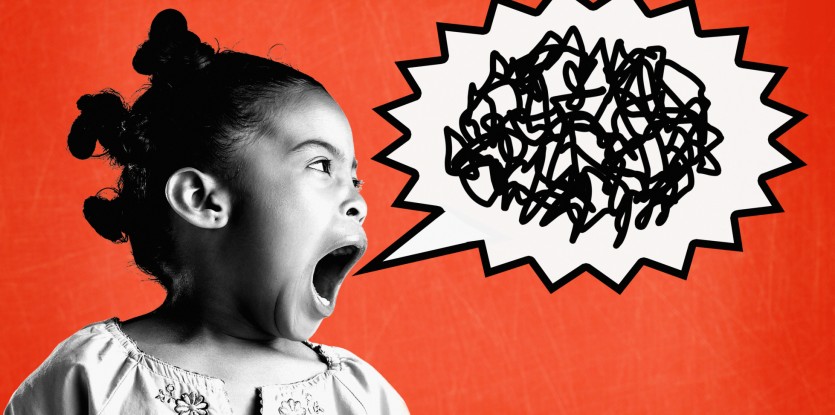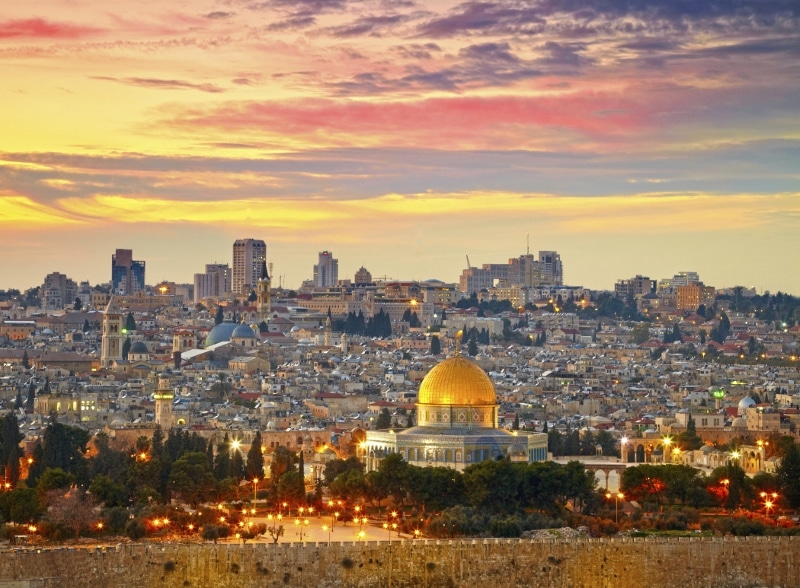As You delivered a nation and its G-d… so deliver us.
From the “Hoshaanot” prayers
In our prayers, we refer to Passover as the “season of our freedom.” The plural “our,” of course, refers to us, the people of Israel. But on a deeper level of interpretation, “our freedom” is the freedom of G-d and of Israel.[1] As our sages point out, G-d’s promise to Moses, “I will bring you out from under the hardship of Egypt…,”[2] also reads (by an alternate vowelization), “I will be brought out with you from under the hardship of Egypt…”[3] For the essence of man is “literally a part of G-d above”[4]; as long as man is imprisoned, his deepest yearnings stifled and denied actualization, G-d, too, is not free.[5]
In general, the Torah’s commandments fall under two categories: laws that govern relations between man and man (“good for man”), and those that outline the duties of man to his Creator (“good for G-d”).[6] On Passover, as befits the “season of our freedom,” the two categories fuse into one: “good for G-d” is synonymous with “good for man,” and vice versa.
This is most poignantly demonstrated in the organization of the seder, conducted each year on the night of our liberation from Egyptian slavery. The purpose of the seder is to “remember the day on which you left Egypt”[7] and reaffirm our commitment as G-d’s people. To this end, we eat the matzah and the maror and review the story of the Exodus. Yet the entire seder is constructed as a dialogue, as answers to questions posed by the “four sons”—the wise son, the wicked son, the simple son, and the son who does not know how to ask. One remembers the Exodus not in meditative communion with G-d, but by fulfilling the commandment to “tell your child”[8]—including “your child” in the broader sense of the term: any individual whom you are in a position to teach and enlighten,[9] including “children” who are antagonistic or indifferent to the essence of Passover.
The freedom attained at Passover emphasizes the superficiality of the dividing line between the “social” and “religious” spheres of life. On the day that G-d became free through the redemption of the human soul, it is most obvious that no relationship can be forged with G-d that does not include a commitment to one’s fellow man.
Based on two public letters issued by the Rebbe for Passover, 5735 (1975)[10]
———————
[1]. Cf. Likkutei Torah, Shemini Atzeret 88d.
[2]. Exodus 6:6.
[3]. Siddur, Hoshaanot prayers. The Hebrew alef-bet consists only of consonants, and is vowelized with nekudot—vowel points beneath and above the letters. The Torah is written without these nekudot, allowing for various readings of the same words. Thus, vehotzeiti etchem (“I will bring you out”) can also be read vehutzeiti itchem (“I will be brought out with you”).
[4]. Tanya, ch. 2.
[5]. See Isaiah 63:9; Psalms 91:15; Sifri, Deuteronomy 32:34.
[6]. Cf. Talmud, Yoma 85b; ibid., Kiddushin 40a; et al.
[7]. Exodus 13:3.
[8]. Ibid., verse 8.
[9]. “Your children are your disciples” (Rashi, Deuteronomy 6:7); “Whoever teaches another’s child Torah, it is as if he had fathered him” (Talmud, Sanhedrin 19b).
[10]. Rebbe’s Haggadah, pp. 660-667.







